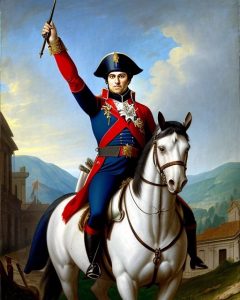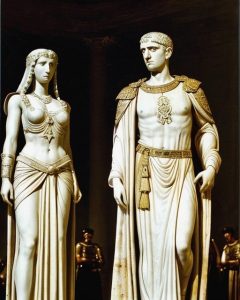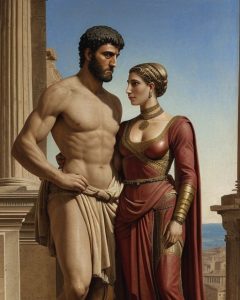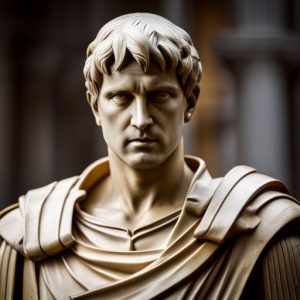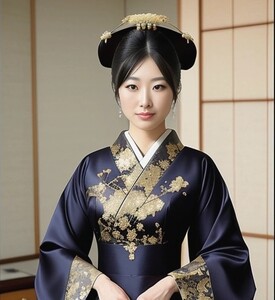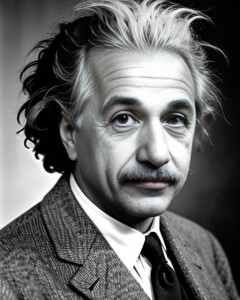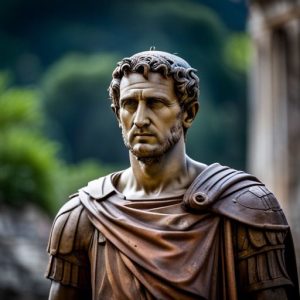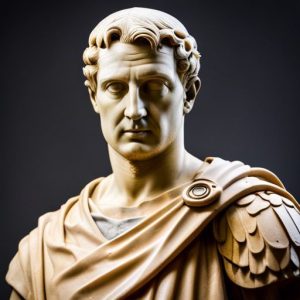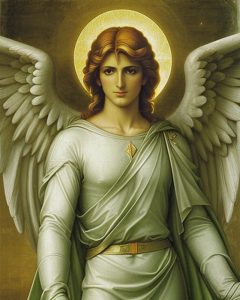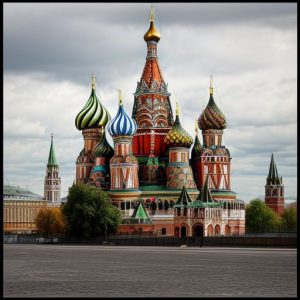
Situated in Moscow, the Kremlin stands as a testament to the political and historical significance of Russia. Derived from the Russian word “Kreml,” which means “fortress,” this iconic symbol serves as the official residence of the President of the Russian Federation. Its origins can be traced back to the 12th century when it was constructed as a wooden fortress, acting as a safeguard against external threats. Over the years, the Kremlin has undergone various additions, renovations, and expansions, resulting in the magnificent complex that we behold today.
Far beyond being just a political center, the Kremlin holds immense cultural and historical importance. Within its fortified walls, one encounters the awe-inspiring Cathedral Square, adorned with remarkable cathedrals such as the Assumption Cathedral, the Archangel’s Cathedral, and the Annunciation Cathedral. These architectural masterpieces not only showcase stunning designs but also house invaluable religious artifacts. Additionally, the Kremlin houses the renowned Armoury Chamber, a museum that proudly exhibits a vast collection of imperial treasures, including crowns, thrones, Fabergé eggs, and royal carriages. The sight of the Kremlin’s red-brick walls, towers, the Tsar Bell, and the Tsar Cannon further enriches its already stunning visuals. Surrounding the complex are picturesque gardens and captivating views of the Moskva River, adding to its overall allure.
Through the course of history, the Kremlin has borne witness to significant events like coronations, imperial weddings, and political gatherings. Serving as a symbol of power, authority, and resilience, it embodies the very essence of the Russian state. Today, the Kremlin remains a central hub of political activity, while continuing to embody Russia’s rich cultural heritage. Its historical and architectural significance, coupled with its role as a political stronghold, make the Kremlin not only important for Russia but for the world as a whole.
Located at the heart of Moscow, Russia, the Kremlin holds immense political significance as the country’s nerve center. It is a sprawling complex that encompasses several palaces, cathedrals, and government buildings. Within these walls, a wide range of significant events and activities take place.
First and foremost, the Kremlin serves as the official residence of the President of Russia. It is the place where crucial decisions are made, national policies are formulated, and diplomatic relations are forged. The president’s office and living space are all contained within this historic complex.
Moreover, the Kremlin houses various arms of the Russian government, including the State Duma and the Federation Council. These chambers serve as legislative bodies where debates, passes, and implementations of laws occur. Additionally, the Kremlin also accommodates several ministries and departments responsible for overseeing aspects such as defense, foreign affairs, finance, and culture. High-level meetings, negotiations, and summits shaping the nation’s domestic and international agendas occur in this historic venue.
Beyond its political significance, the Kremlin is a site of historical and cultural heritage. It boasts opulent palaces and cathedrals, like the Grand Kremlin Palace and the Cathedral of the Annunciation, which draw tourists from all corners of the globe. These architectural marvels provide a window into Russia’s rich past and architectural brilliance, captivating visitors with their grandeur.
In conclusion, the Kremlin is a multifaceted institution where political, administrative, and cultural activities intertwine. Its presence plays a pivotal role in shaping Russia’s destiny and leaving an indelible mark on its history.



